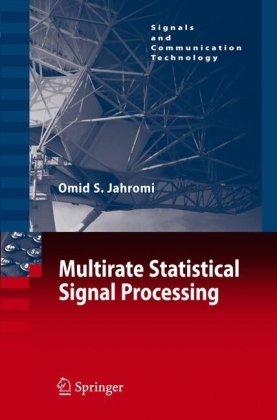

Most ebook files are in PDF format, so you can easily read them using various software such as Foxit Reader or directly on the Google Chrome browser.
Some ebook files are released by publishers in other formats such as .awz, .mobi, .epub, .fb2, etc. You may need to install specific software to read these formats on mobile/PC, such as Calibre.
Please read the tutorial at this link: https://ebookbell.com/faq
We offer FREE conversion to the popular formats you request; however, this may take some time. Therefore, right after payment, please email us, and we will try to provide the service as quickly as possible.
For some exceptional file formats or broken links (if any), please refrain from opening any disputes. Instead, email us first, and we will try to assist within a maximum of 6 hours.
EbookBell Team

5.0
70 reviewsThe ability to process signals at multiple sampling rates can help reduce costs and improve performance in many DSP applications ranging from signal compression to wireless communications, consumer entertainment products and sensor networks. The theory of multirate signal processing has witnessed a great deal of progress since the publication of the first textbook by Ronald E. Crochiere and Lawrence R. Rabiner in 1983. However, this progress has been mainly in the area of deterministic systems with emphasis on perfect-reconstruction filter banks, orthogonal filter banks, systems with the same sampling rate across all channels and tree-structured systems.
Multirate Statistical Signal Processing introduces a statistical theory for extracting information from several related signals that have different sampling rates. This new theory generalizes the conventional (deterministic) theory of multirate systems beyond many of its constraints. Furthermore, it allows for the formulation and solution of several new problems such as spectrum estimation, time-delay estimation and sensor fusion in the realm of multirate signal processing.
The author presents background material, key principles, potential applications and leading-edge research while striking the appropriate balance between clarity and brevity. The book is self-contained and provides a valuable resource for signal processing researchers, graduate students and practicing engineers.